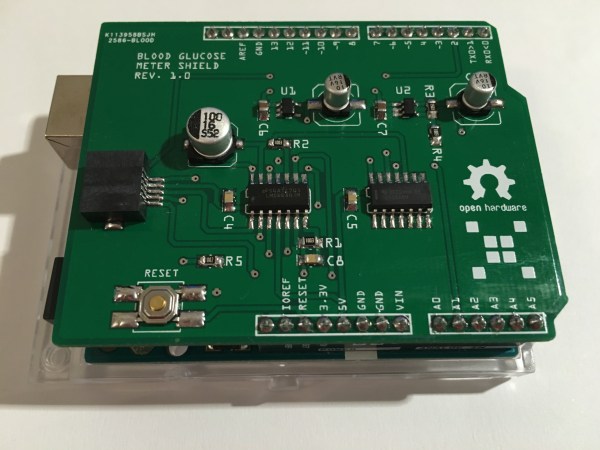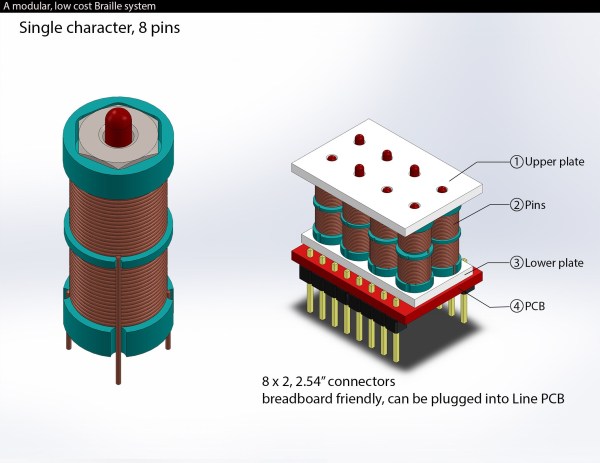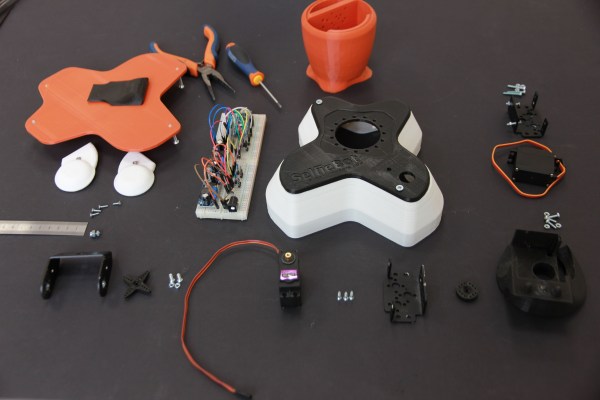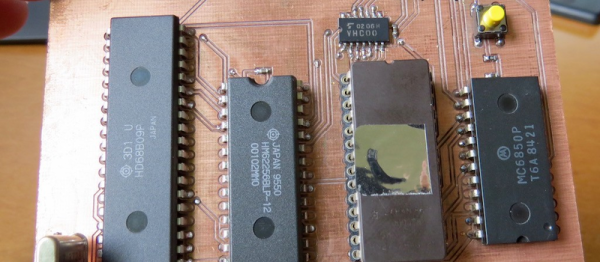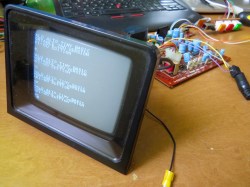[Amanda], [Jacob], [Katherine], and [vyshaalij] had a class project for their ‘Critical Making’ class at UC Berkeley. The task was to design a ‘Neo-Wearable’ that would fulfill an unmet need. Realizing women make up about 50% of the population and experience monthly periods for about half of their lives, they decided to make what can only be described as a tampon monitor. It’s a small device that monitors the… uh… ‘fullness’ of a tampon. Yes, it’s wearable technology that is actually useful, and a great entry for the Hackaday Prize.
The my.Flow, as the team are calling it, uses mechanical means to measure the saturation level of a tampon. Why would anyone want to do this? Because of leakage, anxiety, and risk of Toxic Shock Syndrome (TSS).
A ‘smart’ tampon needs some electronics, and the team’s solution to this is rather ingenious. They’re using a small, flat, wearable clip that attaches to the user’s undergarments and is connected to the tampon by an elongated tail.
Already the team is seeing a lot of success – the market research for this product showed a whopping 82% of women are ready to buy a product that would help prevent TSS. This fledgling startup was picked up by the HAX accelerator and moved to China to bring this product to life. It’s a great idea, and also a great entry for the Hackaday Prize.







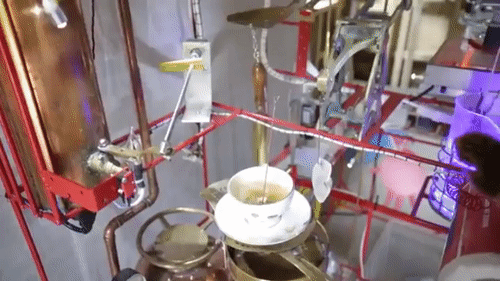
 For instance, you can boil coffee in a pot but then you have to use some filtering technique to sequester the grounds. You can use a French press but that this hasn’t saved you much effort. So someone invented the percolator but you still must watch that you don’t burn your brew. From there we have espresso machines and drip brewers that both regulate how much water is used and at what temperature (in addition to keeping the grounds separate). And now we’re seeing single-unit machines like Nespresso and Keurig which make everything a one-step process, if you’re happy with the pods they sell you. I like to refill my own pods, which lets me choose my own grind. I’d love to see someone
For instance, you can boil coffee in a pot but then you have to use some filtering technique to sequester the grounds. You can use a French press but that this hasn’t saved you much effort. So someone invented the percolator but you still must watch that you don’t burn your brew. From there we have espresso machines and drip brewers that both regulate how much water is used and at what temperature (in addition to keeping the grounds separate). And now we’re seeing single-unit machines like Nespresso and Keurig which make everything a one-step process, if you’re happy with the pods they sell you. I like to refill my own pods, which lets me choose my own grind. I’d love to see someone 